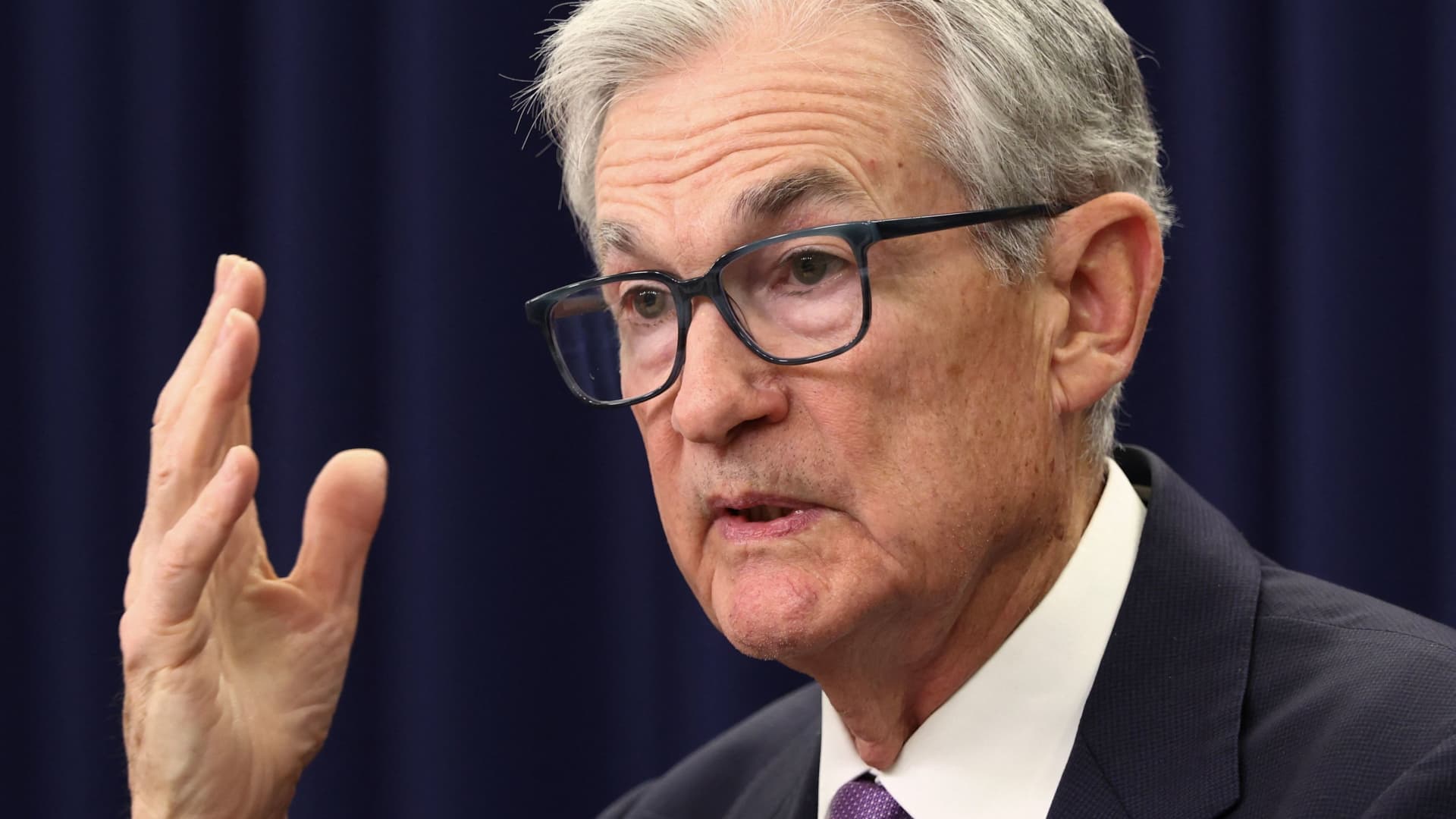Federal Reserve officials were at odds during their October meeting over cutting interest rates, divided over whether a stalling labor market or stubborn inflation were bigger economic threats, minutes released Wednesday showed.
While the Federal Open Market Committee approved a cut at the meeting, the path forward looks less certain. Disagreements stretched into the outlook for December, with officials expressing skepticism about the need for an additional cut that markets had been widely anticipating, with “many” saying that no more cuts are needed at least in 2025.
“Several participants assessed that a further lowering of the target range for the federal funds rate could well be appropriate in December if the economy evolved about as they expected over the coming intermeeting period,” the minutes stated. “Many participants suggested that, under their economic outlooks, it would likely be appropriate to keep the target range unchanged for the rest of the year.”
In Fed parlance, “many” is more than “several,” indicating a tilt against a December cut. However, “participants” does not denote voters. There are 19 participants at the meeting, but only 12 vote, so it’s unclear how the voting members’ sentiment is set for a December move.
However, the notation jibes with a statement at Fed Chair Jerome Powell’s post-meeting news conference. Powell told reporters that a December cut was not a “foregone conclusion.”
Previous to Powell’s statement, traders had been pricing in a near-certainty of another move at the Dec. 9-10 session. As of Wednesday afternoon, that had been reduced to less than a 1 in 3 chance.
The minutes did note that “most participants” saw further cuts likely in the future, though not necessarily in December.
Ultimately, the FOMC approved a quarter percentage point reduction in the overnight borrowing rate to a range of 3.75%-4%. But the 10-2 vote was not indicative of how split officials were at an institution not generally known for dissent.
Officials generally indicated concern over a slowing labor market and inflation that has “shown little sign of returning sustainably” to the Fed’s 2% target. The minutes reflected multiple camps within the committee.
“Against this backdrop, many participants were in favor of lowering the target range for the federal funds rate at this meeting, some supported such a decision but could have also supported maintaining the level of the target range, and several were against lowering the target range,” the minutes stated.
At the heart of the debate was a disagreement over how “restrictive” the current policy is for the economy. Some participants thought that even with the quarter-point cut policy was still holding back growth, while others saw that “the resilience of economic activity” indicated that policy is not restrictive.
Judging from public statements, the panel is divided between inflation doves including Governors Stephen Miran, Christopher Waller and Michelle Bowman, who prefer cuts as a way to stave off weakness in the labor market. On the other side are more hawkish members such as regional Presidents Jeffrey Schmid of Kansas City, Susan Collins of Boston and Alberto Musalem of St. Louis, who worry that cutting more could prevent the Fed from getting to its 2% inflation goal.
In between are moderates such as Powell, Vice Chair Philip Jefferson and New York President John Williams who favor a patient approach.
The minutes noted that “one participant,” a reference to Miran, preferred a more aggressive half-point cut. Schmid also voted no, saying he preferred not to cut at all.
Minutes noted the decision-making was complicated by a lack of government data during the 44-day government shutdown. Reports on the labor market, inflation and a host of other metrics were not compiled or released during the impasse. Government agencies such as the Bureau of Labor Statistics and Bureau of Economic Analysis have released schedules for some of the releases but not all.
Powell compared the situation to “driving in the fog,” though Waller on Monday rejected that comparison, saying the Fed has plenty of data to formulate policy.
The minutes also discussed the balance sheet aspect of policy. The FOMC agreed to stop the reduction of Treasury and mortgage-backed securities in December, a process that has shaved more than $2.5 trillion off the balance sheet, which is still around $6.6 trillion. There appeared to be widespread approval for the halting of a process known as quantitative tightening.





